Home>Garden Essentials>How To Grow Broccoli From Seeds
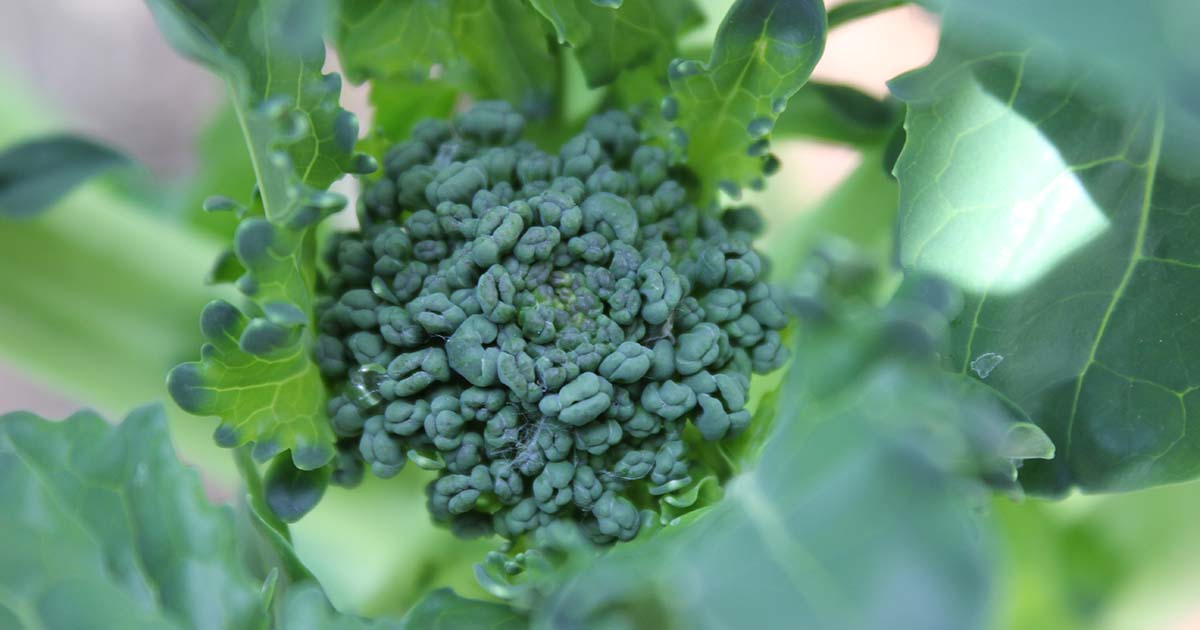

Garden Essentials
How To Grow Broccoli From Seeds
Modified: April 29, 2024
Learn how to grow broccoli from seeds in your garden and enjoy a bountiful harvest of this nutritious vegetable. Step-by-step instructions and expert tips included!
(Many of the links in this article redirect to a specific reviewed product. Your purchase of these products through affiliate links helps to generate commission for Storables.com, at no extra cost. Learn more)
Introduction
Welcome to the wonderful world of growing your own broccoli! Whether you’re an experienced gardener or a newbie in the garden, growing broccoli from seeds can be a rewarding and satisfying experience. Not only is broccoli a nutritional powerhouse, packed with vitamins and minerals, but it’s also a versatile vegetable that can be enjoyed in a variety of recipes.
In this comprehensive guide, we will walk you through the step-by-step process of successfully growing broccoli from seeds. From choosing the right seeds to caring for your plants, we’ll cover everything you need to know to cultivate a bountiful harvest of delicious broccoli.
But why grow broccoli from seeds in the first place? Well, starting from seeds allows you to have full control over the growing process right from the beginning. You can select from a wide range of broccoli varieties and ensure that you are using organic, non-GMO seeds. Plus, it’s much more cost-effective than buying transplants from a garden center.
So, let’s get started on this exciting journey to grow your own broccoli from seeds and enjoy the satisfaction of harvesting your own homegrown veggies. Get ready to dig in!
Key Takeaways:
- Growing broccoli from seeds allows you to choose from a variety of options, control the growing process, and enjoy the satisfaction of harvesting your own homegrown veggies.
- Proper care, including watering, fertilizing, and pest control, is essential for healthy broccoli plants. Harvest heads at the right stage and store them properly for maximum freshness and nutrition.
Read more: How Long To Grow Broccoli From Seed
Step 1: Choosing Broccoli Seeds
When it comes to choosing broccoli seeds, there are a few factors to consider to ensure successful germination and healthy plant growth.
1. Selecting a Broccoli Variety: Broccoli comes in different varieties, each with its own unique characteristics. Consider factors such as maturity time, head size, and heat tolerance when choosing a variety. Some popular broccoli varieties include ‘Green Magic,’ ‘De Cicco,’ and ‘Calabrese.’
2. Organic and Non-GMO Seeds: It’s always best to choose organic and non-GMO seeds to ensure the health of your plants and your own well-being. Organic seeds are grown without the use of synthetic fertilizers and pesticides, promoting biodiversity and environmental sustainability.
3. Seed Packet Information: When purchasing seeds, check the packet for important information such as the recommended planting depth, spacing, and germination time. This will help you plan your planting and care schedule accordingly.
4. Seed Freshness: Opt for fresh seeds, as they have a higher chance of successful germination. Check the packet for the date of packaging or the seed harvest year. Avoid using seeds that are more than two years old.
5. Consider Climate Conditions: Take into account your region’s climate conditions and choose broccoli varieties that are suitable for your specific area. Some varieties are more heat tolerant, while others are better suited for cooler climates.
6. Consider Your Growing Space: If you have limited growing space, look for compact or dwarf varieties that can thrive in containers or smaller gardens. These varieties can still produce ample-sized heads while saving space.
By considering these factors when choosing broccoli seeds, you’ll set a strong foundation for a successful and thriving broccoli garden.
Step 2: Preparing the Soil
Preparing the soil is a crucial step in growing healthy and productive broccoli plants. Here’s how you can ensure your soil is ready for planting:
1. Choose a Sunny Location: Broccoli plants thrive in full sun, so select a location in your garden that receives at least 6-8 hours of direct sunlight per day.
2. Clear the Area: Remove any weeds or grass from the planting area to create a clean and weed-free space for your broccoli plants.
3. Loosen the Soil: Use a garden fork or tiller to loosen the soil to a depth of about 12 inches. This will help improve drainage and allow the roots of the broccoli plants to penetrate easily.
4. Amend the Soil: Broccoli plants prefer well-draining soil rich in organic matter. Add compost or well-rotted manure to the prepared soil and mix it in thoroughly. This will provide essential nutrients and improve the soil structure.
5. Test the Soil pH: Broccoli thrives in slightly acidic soil with a pH level between 6.0 and 7.0. Test your soil’s pH level using a soil testing kit and adjust it if necessary by adding amendments like lime to raise the pH or sulfur to lower it.
6. Incorporate Fertilizer: Before planting, incorporate a balanced organic fertilizer into the soil according to the package instructions. This will provide the necessary nutrients for your broccoli plants to grow strong and healthy.
7. Level and Rake the Soil: Smooth out the soil surface with a rake, ensuring it’s level and free of clumps and stones.
By following these steps, you’ll create a nutrient-rich and well-prepared soil environment for your broccoli plants to thrive in and produce a bountiful harvest.
Step 3: Starting Seeds Indoors
Starting broccoli seeds indoors is a great way to get a head start on the growing season and ensure strong and healthy seedlings. Follow these steps to successfully start your broccoli seeds indoors:
1. Determine the Right Time: Start your broccoli seeds indoors about 6-8 weeks before the last expected frost date in your area. This will give them ample time to grow into healthy transplants.
2. Use Seed Trays or Pots: Fill seed trays or small pots with a seed-starting mix, which provides excellent drainage and aeration for the seeds. Make sure the containers have drainage holes at the bottom to prevent waterlogging.
3. Plant the Seeds: Sow the broccoli seeds about ¼ to ½ inch deep in the seed trays or pots. Plant one or two seeds per cell or pot, spacing them about 2 inches apart. Gently press the seeds into the soil and cover them with a thin layer of the seed-starting mix.
4. Provide Moisture: Moisten the soil gently by misting it with water or using a watering can with a fine sprinkler head. Avoid overwatering, as excessive moisture can lead to damping off, a fungal disease that affects the seedlings.
5. Maintain Ideal Growing Conditions: Place the seed trays or pots in a warm location with temperatures between 70-80°F (21-27°C). Provide indirect sunlight or use fluorescent grow lights to ensure adequate light for the seedlings.
6. Keep the Soil Moist: Check the moisture level of the soil regularly and water when it feels dry to the touch. Water from the bottom by placing the seed trays/pots in a tray of water and allowing the soil to soak up the moisture.
7. Transplant Seedlings: Once the seedlings develop their first set of true leaves and grow to about 3-4 inches tall, they are ready for transplanting. Harden off the seedlings by gradually exposing them to outdoor conditions over a week before planting them in the garden.
By following these steps, you’ll give your broccoli seeds a healthy start and be well on your way to growing strong and vibrant transplants ready for outdoor planting.
Start broccoli seeds indoors 6-8 weeks before the last frost. Plant in well-draining soil, keep moist, and provide plenty of sunlight. Transplant seedlings outdoors after the last frost.
Step 4: Transplanting Seedlings
Transplanting is a crucial step in the journey of growing broccoli from seeds. When your seedlings are strong and ready, follow these steps to safely transplant them into your garden:
1. Choose the Right Time: Wait until the danger of frost has passed and the soil temperature reaches around 50°F (10°C) before transplanting your broccoli seedlings. This usually occurs a few weeks after the last frost date in your area.
2. Prepare the Planting Holes: Dig planting holes in your garden that are about the same depth as the seedling’s container and twice as wide. Space the holes 18-24 inches apart to allow enough room for the broccoli plants to grow and develop.
3. Dig Out the Seedlings: Carefully remove the seedlings from the seed trays or pots, taking care not to damage the delicate roots. Gently squeeze the bottom of the container or use a small tool to ease the seedling out if needed.
4. Place Seedlings in the Holes: Lower each seedling into its respective hole, making sure the top of the soil ball is level with the surrounding ground. Fill in the hole with soil and gently press it down to secure the seedling in place.
5. Water Thoroughly: Give the newly transplanted seedlings a good watering to settle the soil and help them establish their roots. Provide enough water to thoroughly moisten the soil around the seedlings, but avoid overwatering.
6. Mulch the Area: Apply a layer of organic mulch, such as straw or wood chips, around the base of the seedlings. This will help to conserve moisture, suppress weed growth, and regulate soil temperature.
7. Provide Support if Needed: If you are growing a broccoli variety that produces large heads, consider providing support in the form of stakes or cages to prevent the plants from toppling over under the weight of the heads as they mature.
By following these steps, you will ensure a successful transition for your broccoli seedlings into the garden, setting them up for vigorous growth and a fruitful harvest.
Read more: How To Grow Broccoli Seeds
Step 5: Caring for Broccoli Plants
Proper care is essential to ensure the health and productivity of your broccoli plants. Follow these guidelines to keep your broccoli plants thriving:
1. Watering: Broccoli plants require consistent moisture. Water deeply, providing about 1-1.5 inches of water per week. Water at the base of the plants to avoid wetting the foliage, as this can lead to disease. Be mindful of dry spells and increase watering during hot weather.
2. Mulching: Mulch around the base of the plants to conserve moisture, suppress weed growth, and regulate soil temperature. Apply a layer of organic mulch such as straw or wood chips, being careful to keep it away from direct contact with the plant stem.
3. Fertilizing: Broccoli plants are heavy feeders, so provide them with additional nutrients. Apply a balanced fertilizer or compost around the plants once a month. Follow the package instructions for appropriate dosage.
4. Pest Control: Monitor your broccoli plants for common pests like aphids, cabbage worms, and flea beetles. Use organic pest control methods such as insecticidal soap, neem oil, or companion planting with pest-repellent herbs like basil or marigolds.
5. Disease Prevention: Keep an eye out for common broccoli diseases like black rot and powdery mildew. Plant disease-resistant varieties, provide good air circulation, and avoid overhead watering to minimize disease development. Remove any infected leaves or plants promptly to prevent the spread of disease.
6. Support for Heads: If growing varieties with large heads, provide support by gently tying the leaves together with twine to prevent the heads from becoming top-heavy and breaking off.
7. Regular Harvesting: Harvest broccoli heads when they are firm, compact, and the individual buds have not yet started to open. Cut the main head about 5-6 inches below the head, and side shoots will continue to develop for additional harvests.
By following these care tips, you can ensure that your broccoli plants remain healthy, productive, and free from pests and diseases, allowing you to enjoy a bountiful harvest of this delicious and nutritious vegetable.
Step 6: Harvesting Broccoli
One of the most rewarding parts of growing broccoli is the opportunity to harvest your own delicious, homegrown heads. Here’s how you can ensure a successful harvest:
1. Monitor Head Development: Keep a close eye on the development of the broccoli heads. Harvest them when the heads are firm, compact, and the individual buds (florets) on the head have not yet started to open or turn yellow.
2. Cut the Main Head: Use a sharp knife or garden shears to cut the main head of broccoli about 5-6 inches below the head, making a clean cut. This will encourage the growth of side shoots for additional harvests.
3. Harvest Side Shoots: After harvesting the main head, continue to monitor the plants for the development of side shoots. These are smaller heads that will grow from the leaf axils on the main stem. Harvest them when they reach a suitable size, using the same method of cutting just below the head.
4. Harvesting Time: Harvest broccoli heads in the morning when the temperatures are cooler. This will help retain their crispness and quality.
5. Store Properly: Immediately after harvesting, place the broccoli heads in a plastic bag or container and store them in the refrigerator. They can stay fresh for up to a week, but it is best to consume them as soon as possible for the freshest flavor and maximum nutritional value.
6. Remove Remaining Plants: After you have harvested all the heads and side shoots, remove the remaining plants from the garden bed. This will allow space for other crops to grow and prevent the plants from attracting pests or developing diseases.
By following these steps, you can enjoy the satisfaction of harvesting your own homegrown broccoli and savoring its fresh and nutritious flavor. Remember, the more you harvest, the more the plant will continue to produce side shoots for ongoing enjoyment!
Conclusion
Congratulations! You’ve successfully learned how to grow broccoli from seeds. By following the steps outlined in this comprehensive guide, you can now cultivate your own thriving broccoli plants and enjoy a bountiful harvest of this nutritious and delicious vegetable.
Starting from selecting the right broccoli seeds to caring for the plants and harvesting the heads, each step plays a vital role in the success of your broccoli garden. Remember to choose organic and non-GMO seeds, prepare the soil properly, start seeds indoors to get a head start, and transplant the seedlings with care. Providing regular care including proper watering, fertilizing, and pest control will ensure healthy growth and disease prevention.
When it’s time for harvest, enjoy the satisfaction of cutting the firm, compact heads at the right stage, and don’t forget to keep an eye on the development of side shoots for continuous harvests. Store the harvested broccoli properly to maintain its freshness and nutritional value.
Growing your own broccoli from seeds not only allows you to have control over the growing process but also allows you to enjoy the freshest and most flavorful broccoli straight from your garden to your table. Plus, it’s a rewarding and fulfilling experience that connects you with nature and promotes self-sufficiency.
So, go ahead and start your broccoli garden. Delight in the journey of nurturing your plants, witnessing their growth, and enjoying the taste of your homegrown broccoli. Happy gardening!
Frequently Asked Questions about How To Grow Broccoli From Seeds
Was this page helpful?
At Storables.com, we guarantee accurate and reliable information. Our content, validated by Expert Board Contributors, is crafted following stringent Editorial Policies. We're committed to providing you with well-researched, expert-backed insights for all your informational needs.
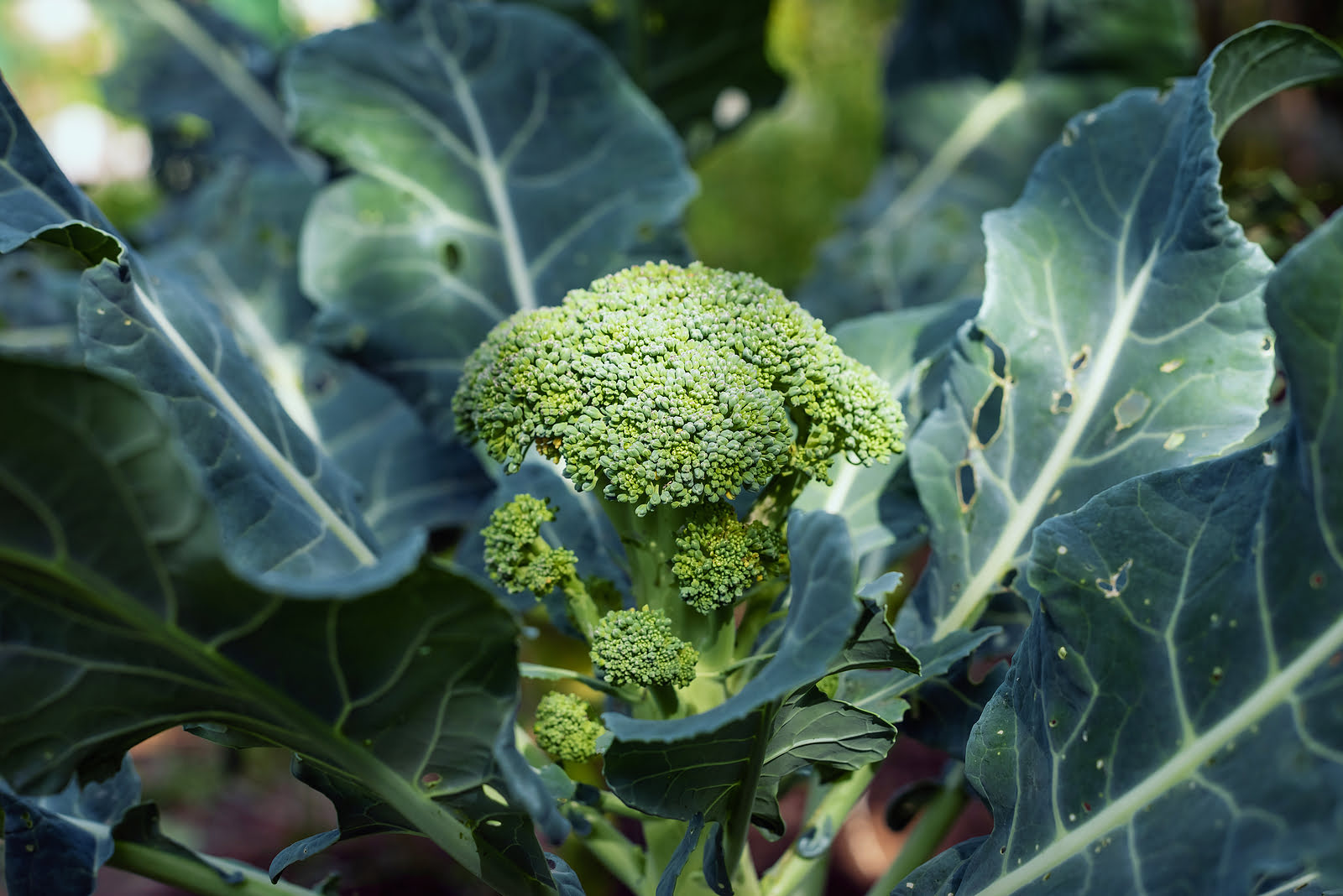
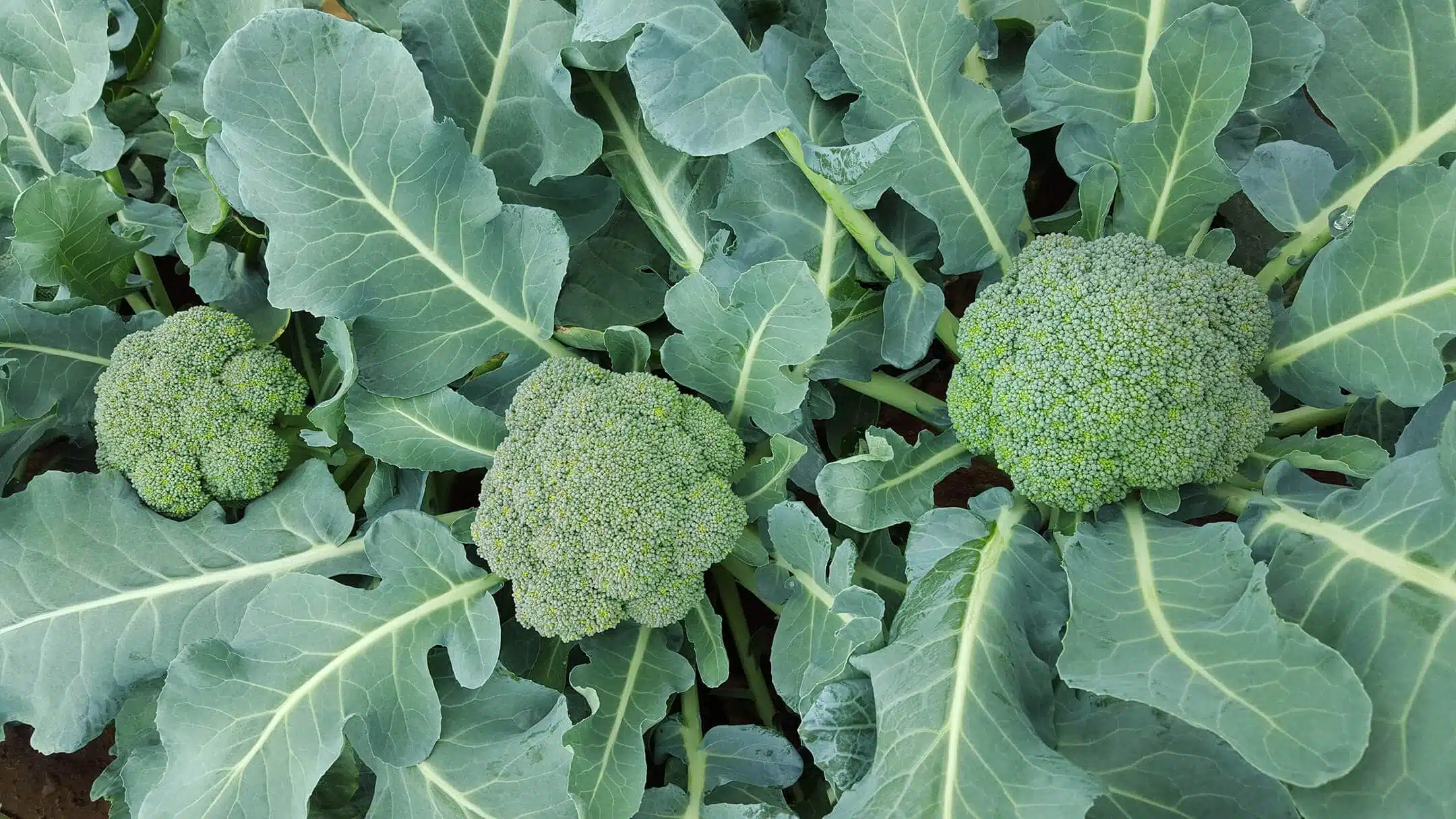
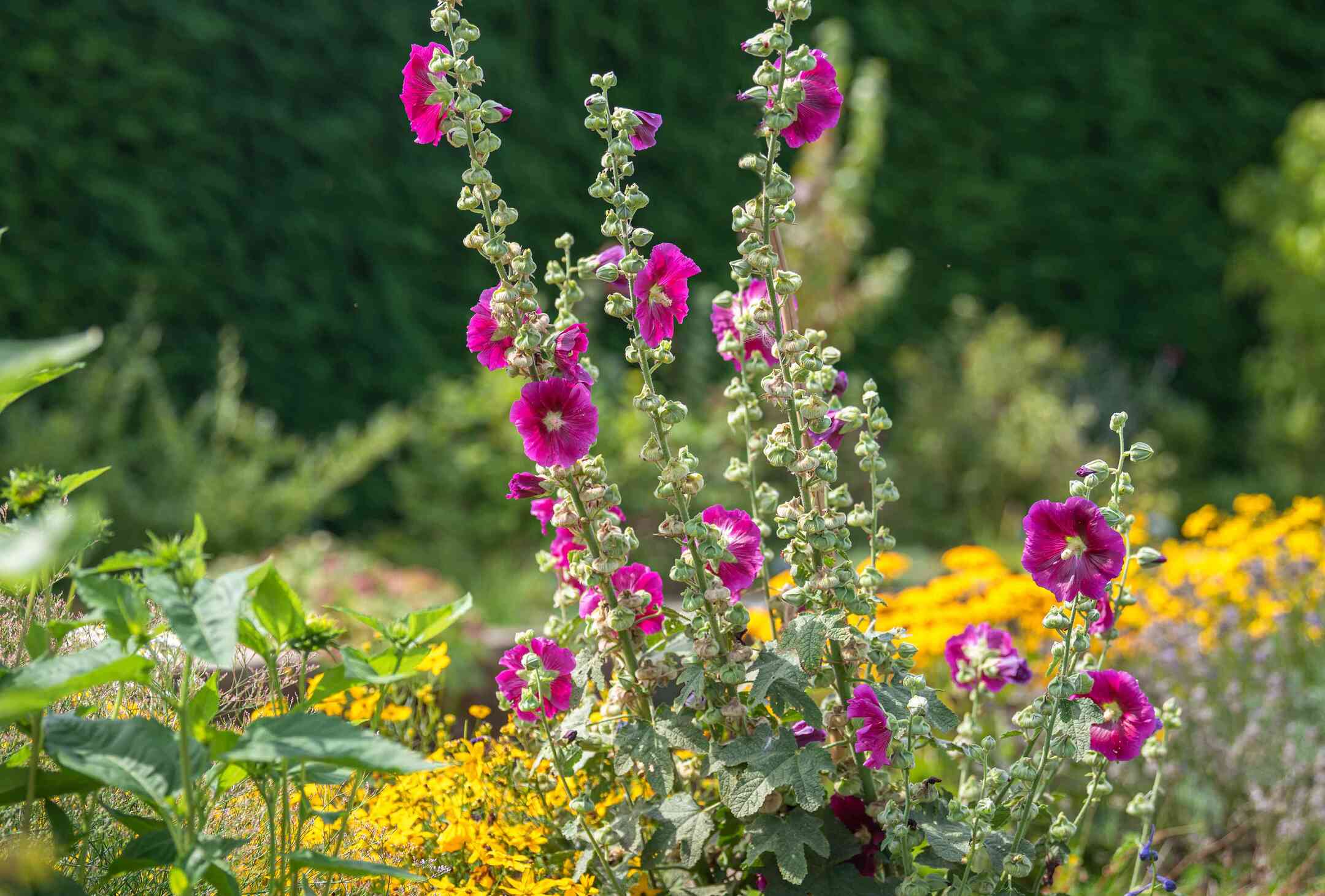
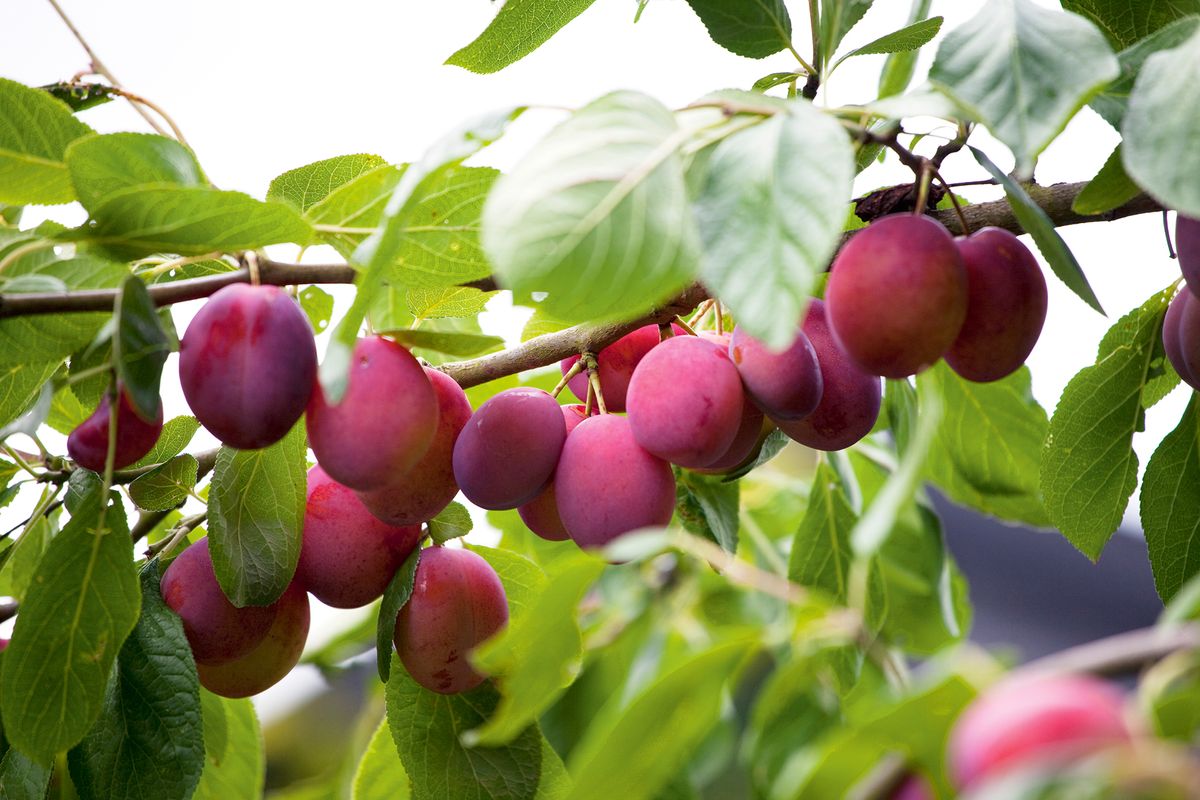
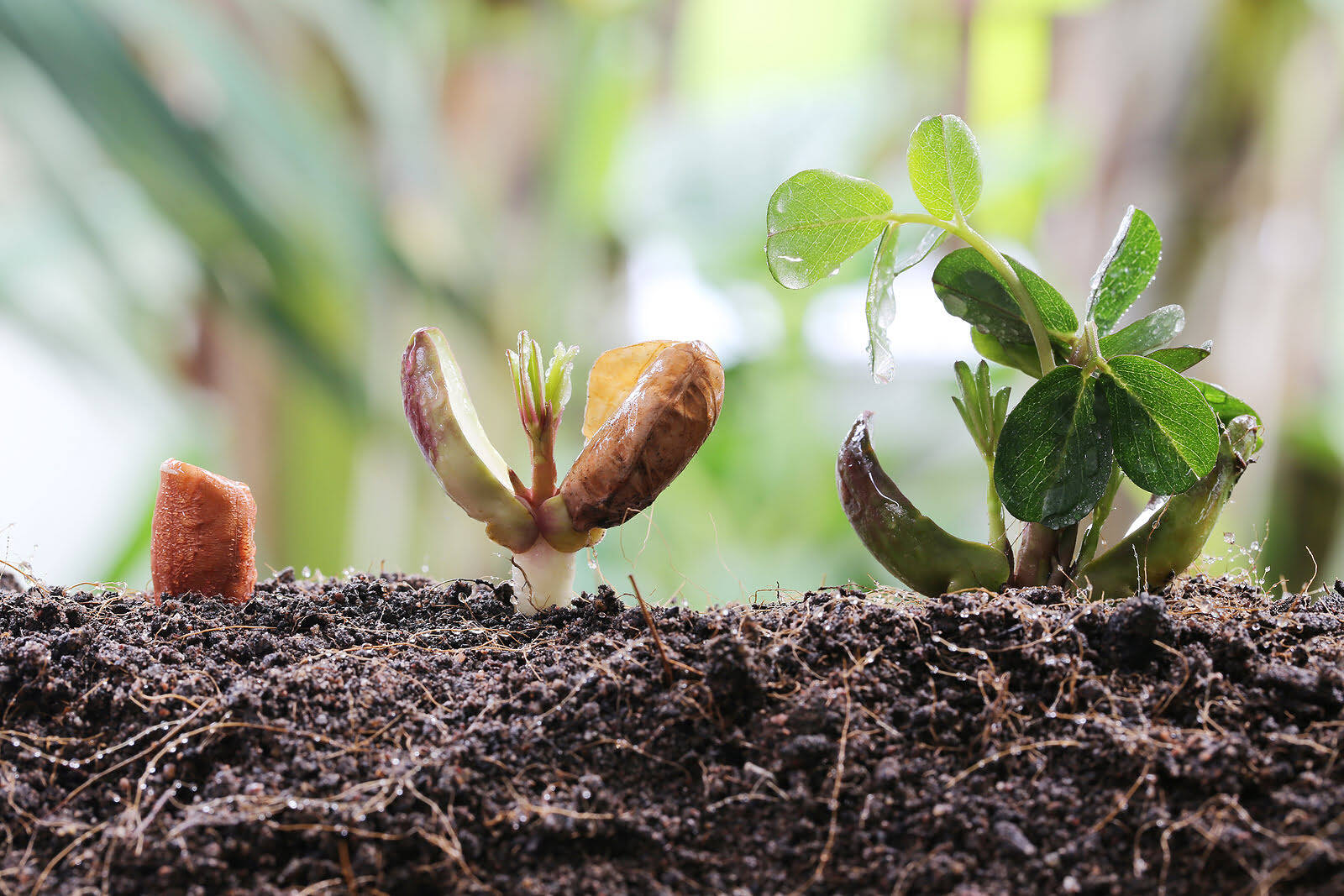
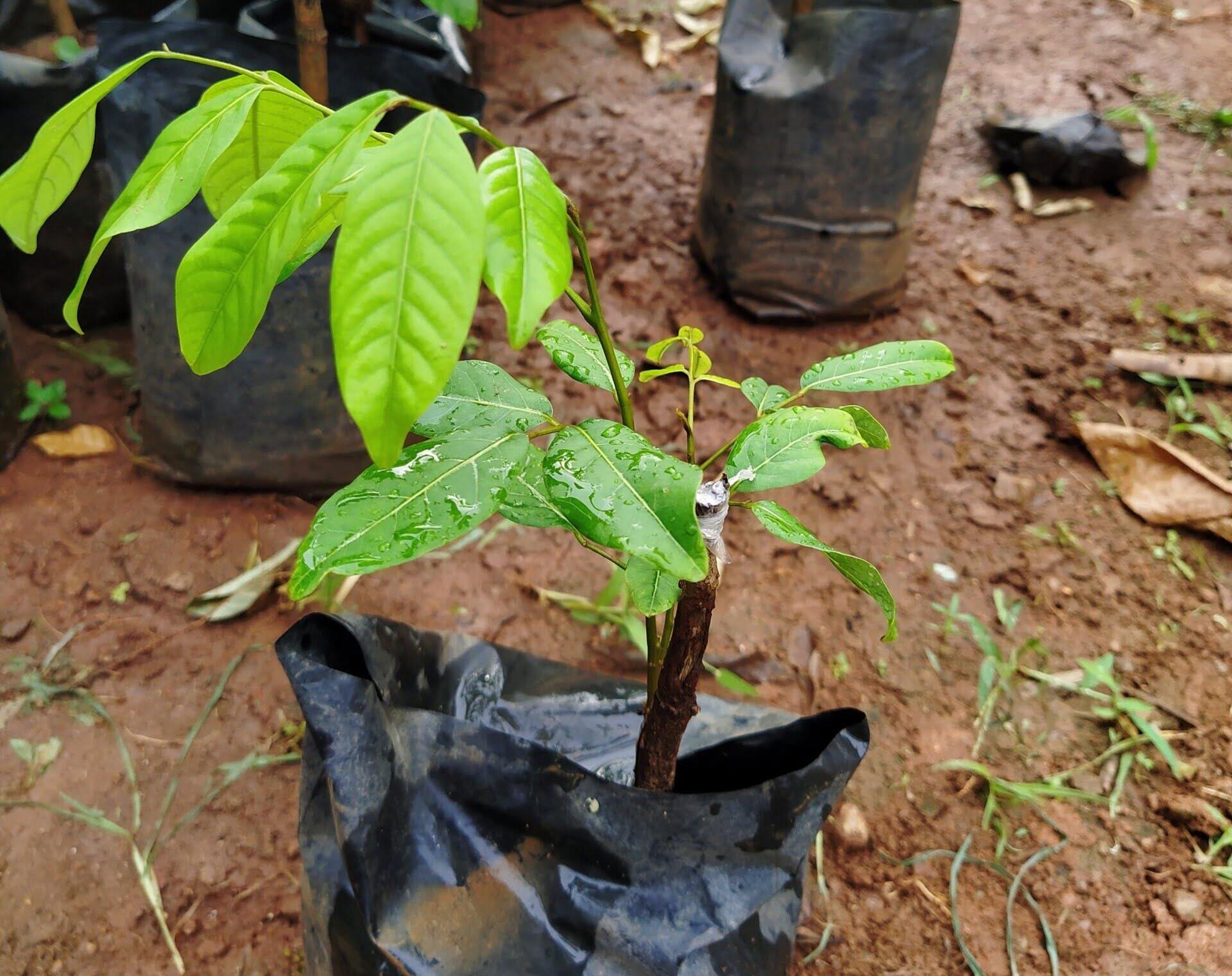
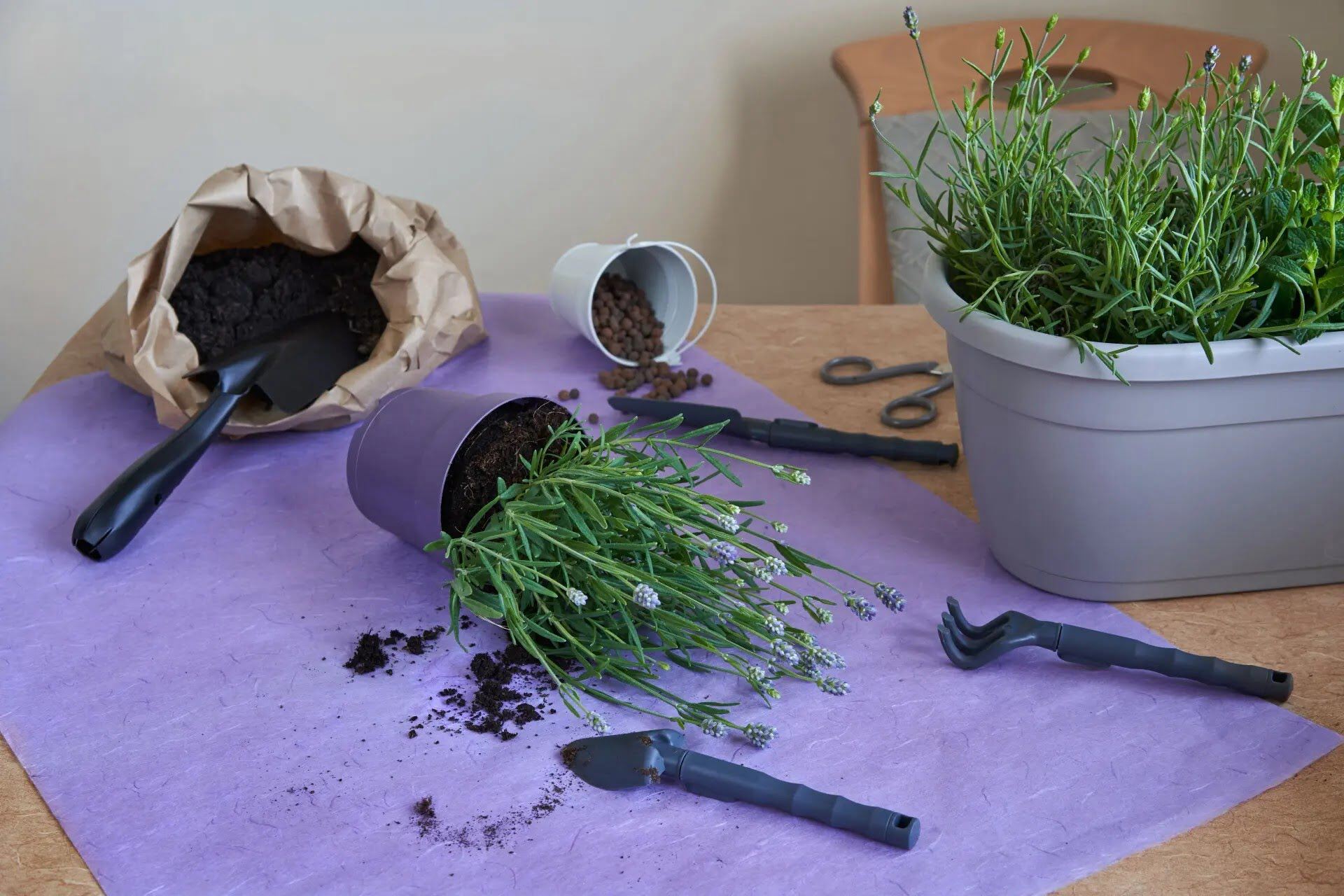
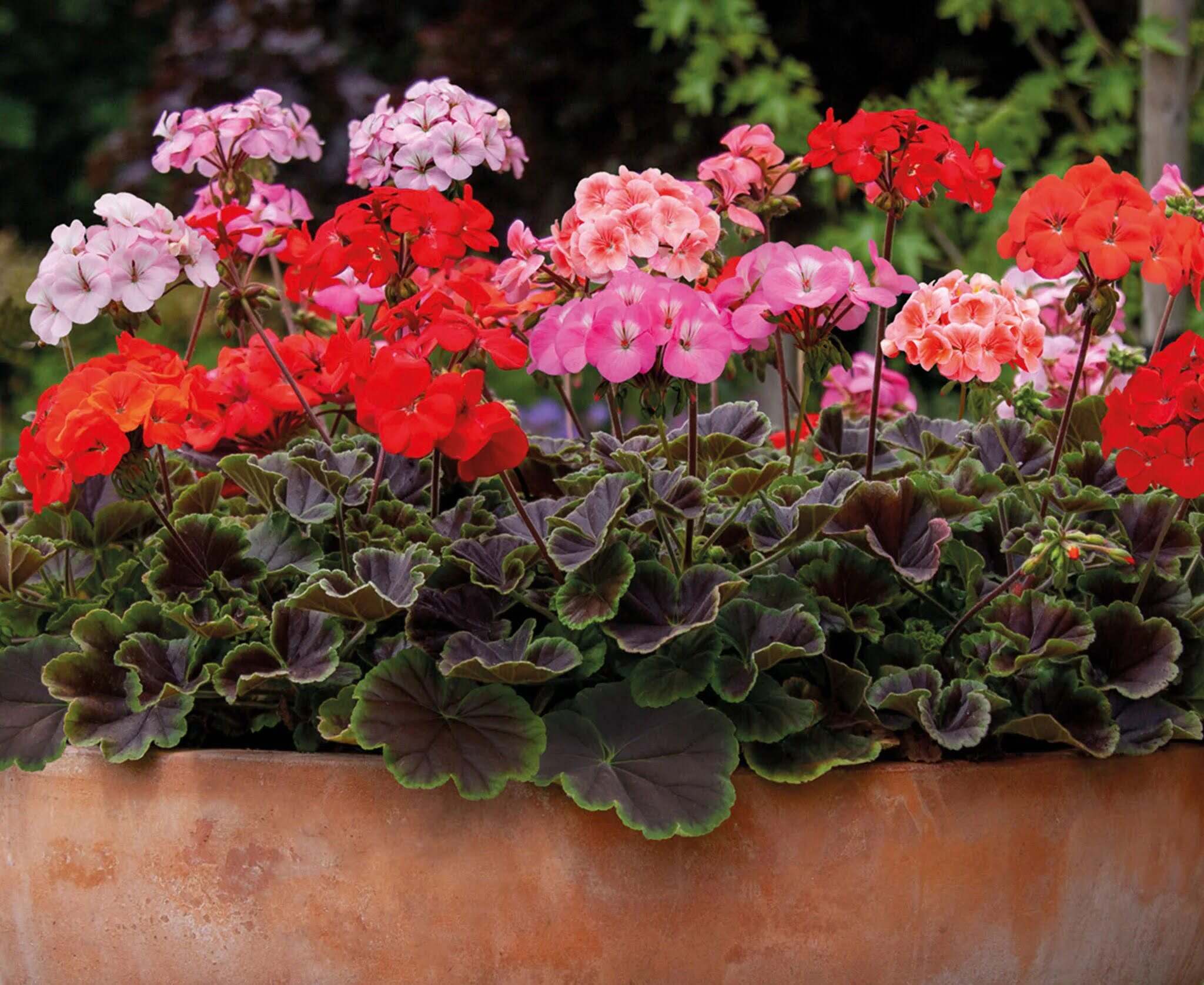
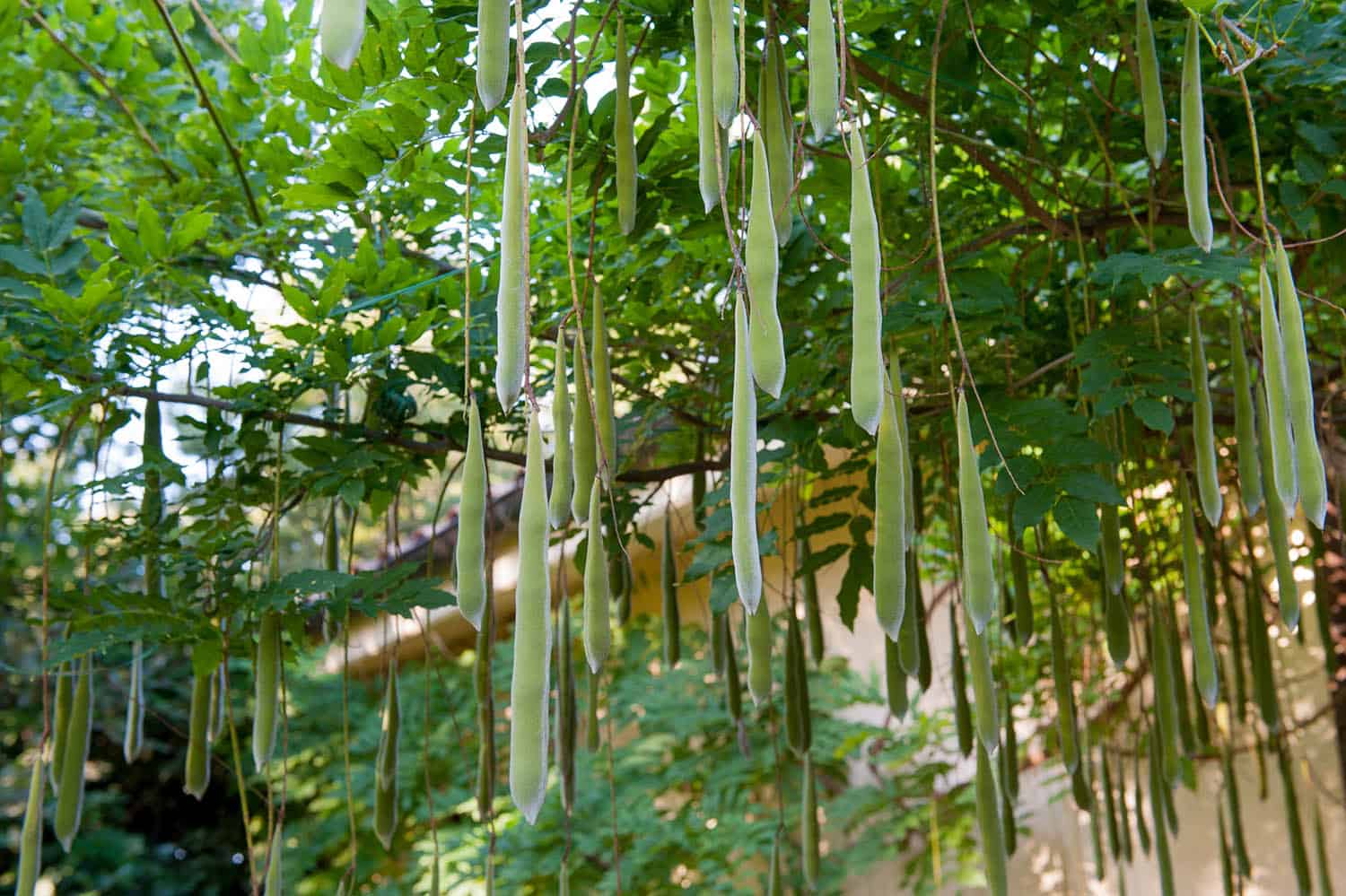
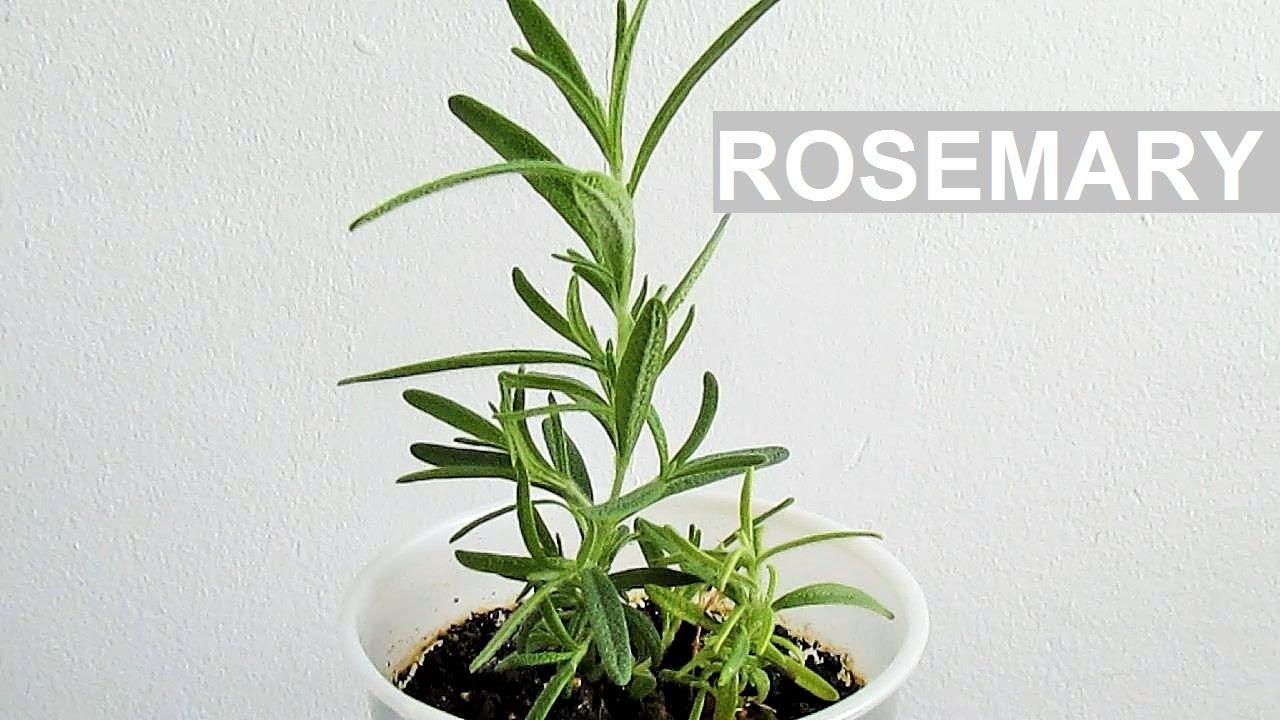
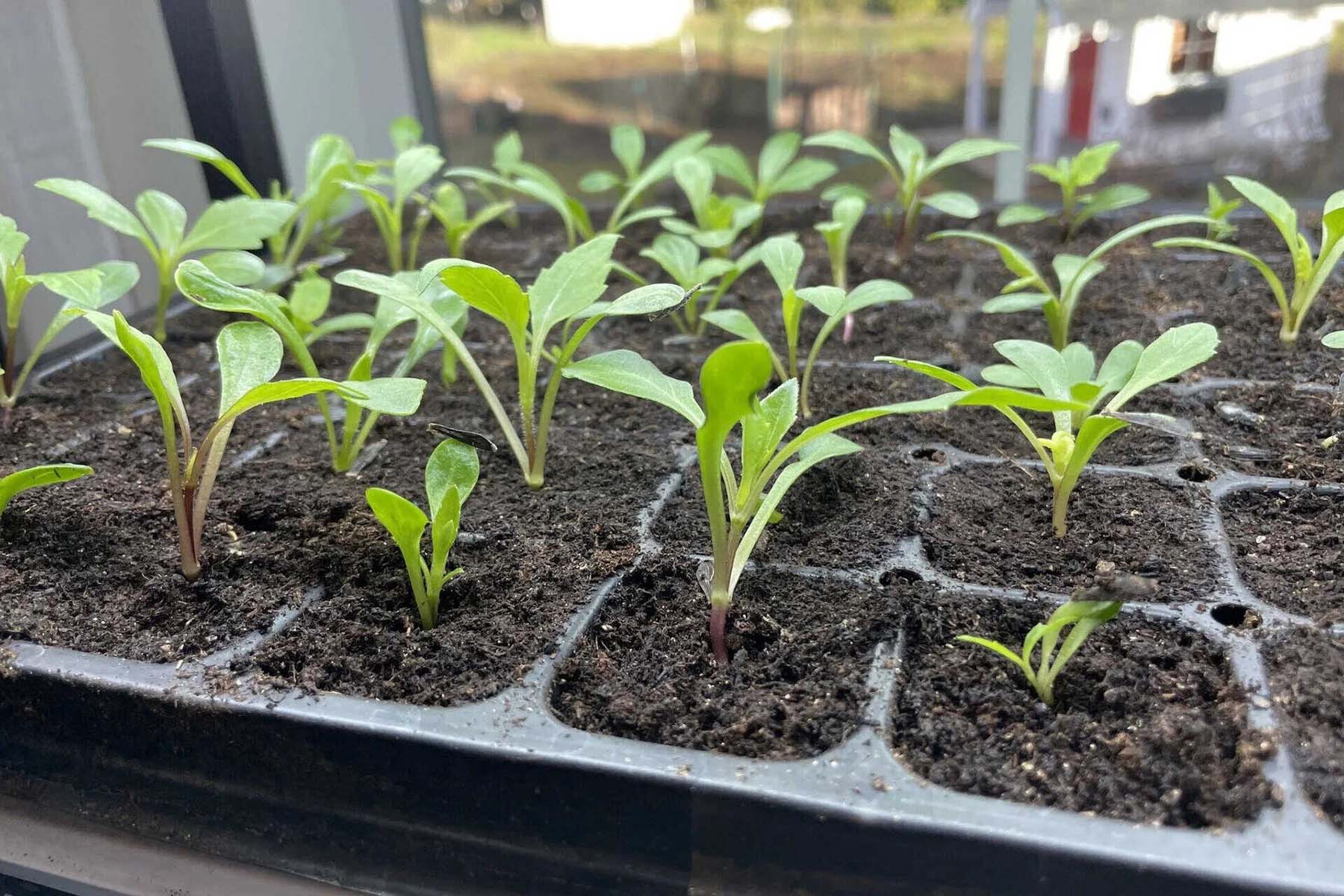
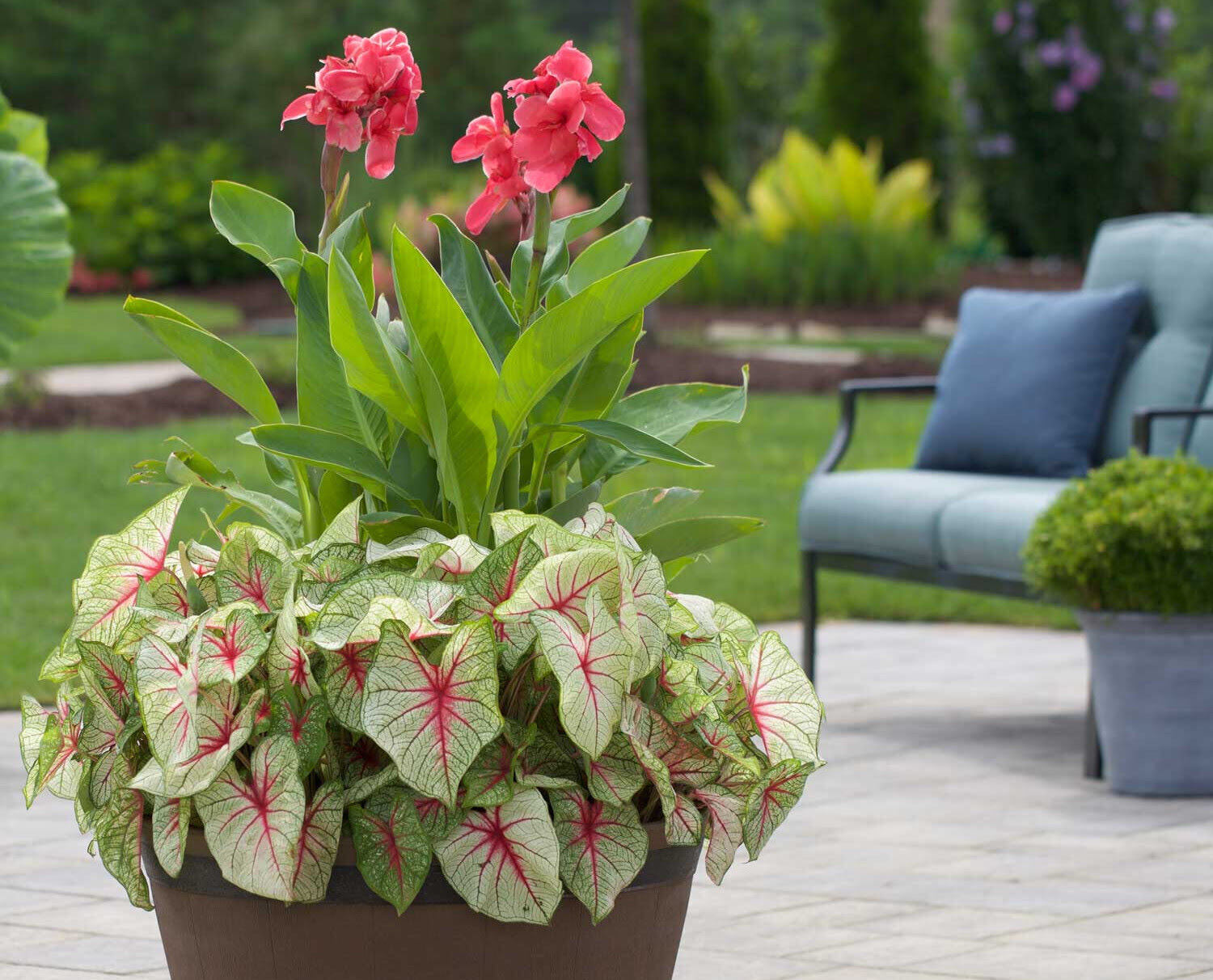
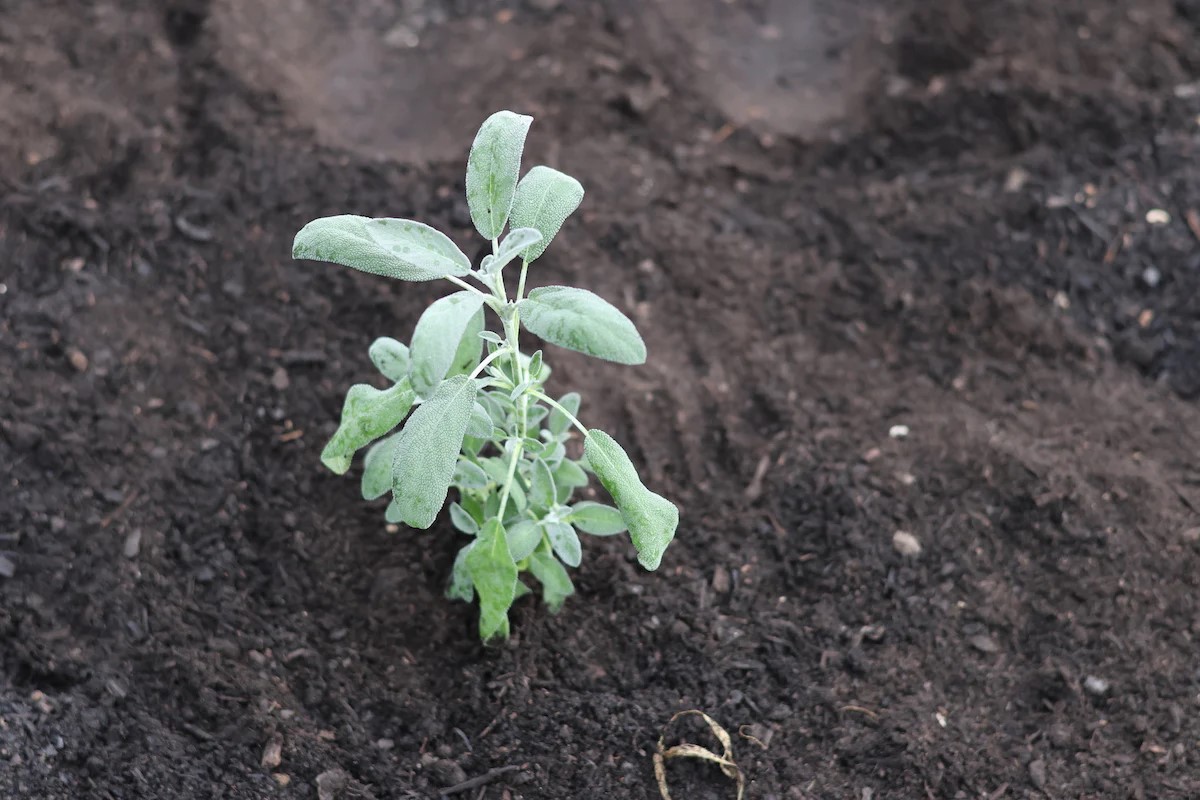
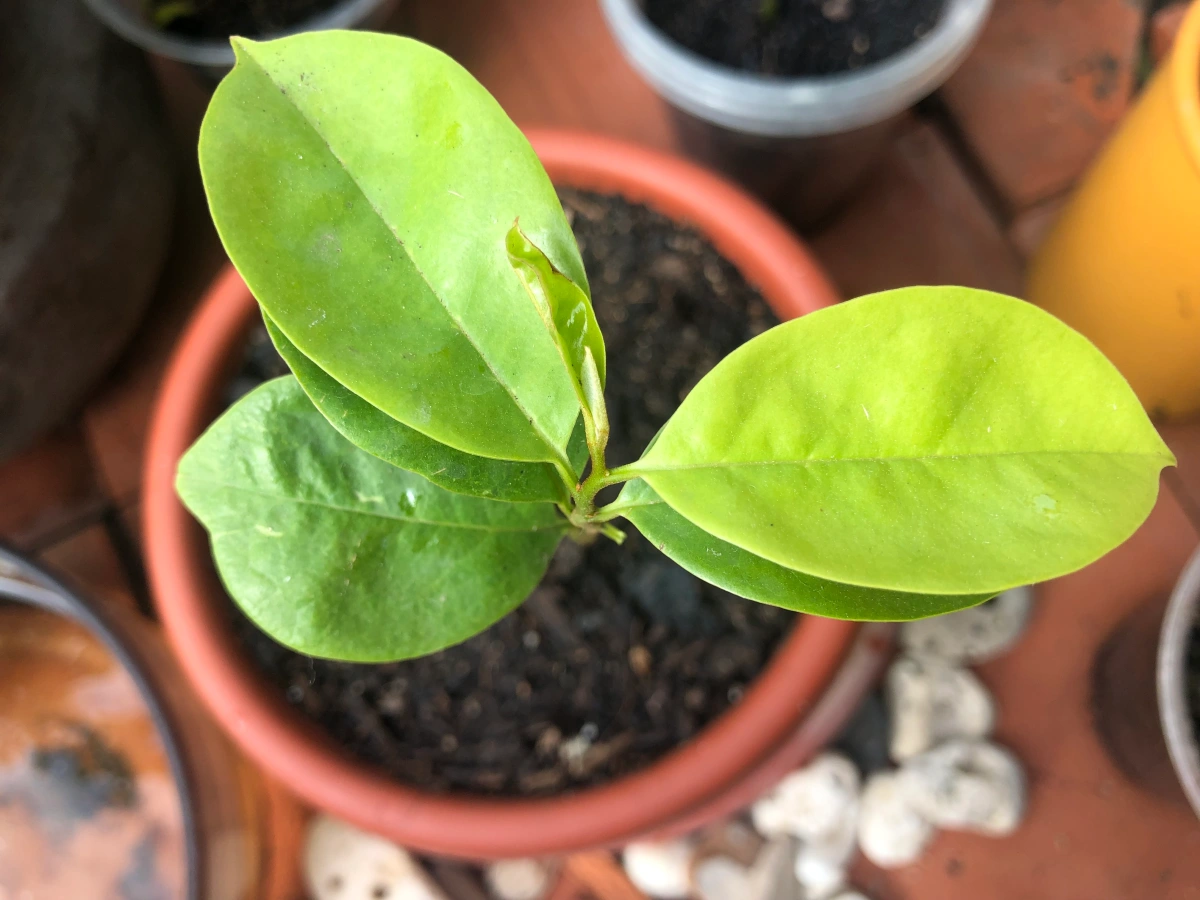

0 thoughts on “How To Grow Broccoli From Seeds”